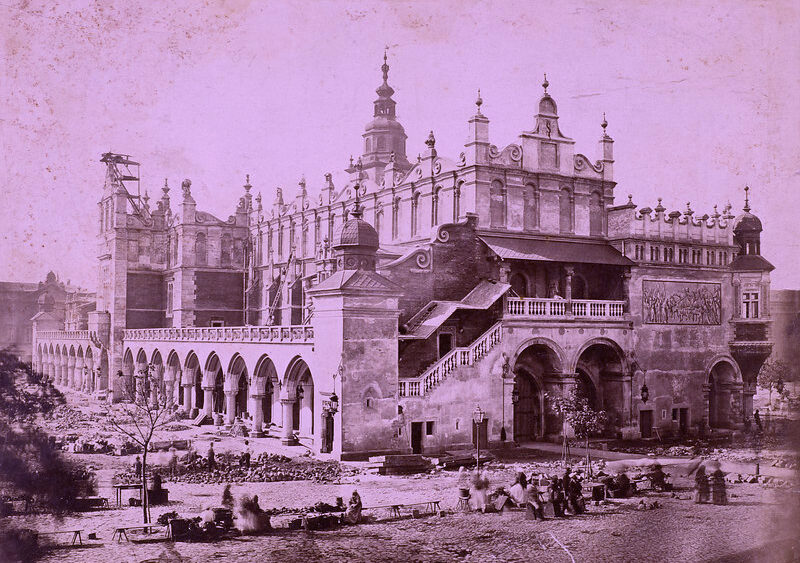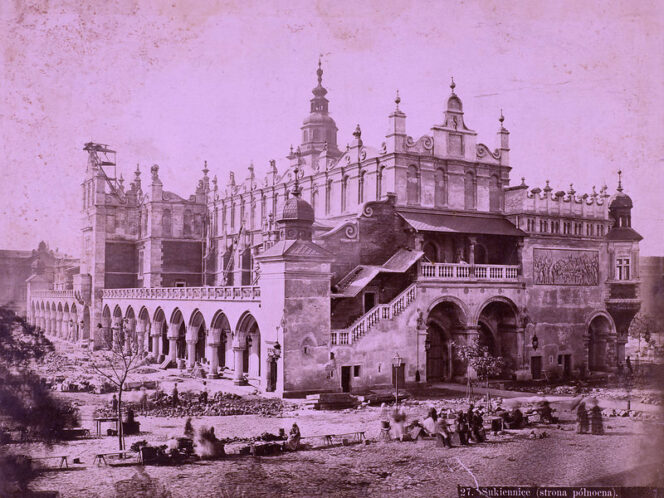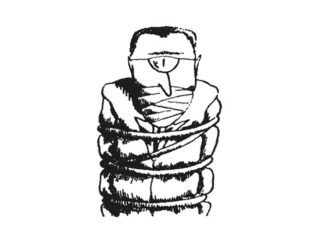
Mrs Mohr Goes Missing is a crime novel set in Cracow in 1893. Full of period details and real historical facts, it’s the first in a series featuring Zofia Turbotyńska, the bored wife of a medical professor. Her efforts to advance her social position by getting involved in charitable fund-raising soon lead her to a much more exciting hobby: solving murders. In this, she is ably supported by her quick-witted cook, Franciszka.
At this point in the story, a corpse has been discovered at Helcel House, the retirement home run by nuns where Zofia is pursuing her charitable aims. Not convinced that the death was entirely natural, she wants to find out if there’s a poison that could leave its victim looking rosy-cheeked. But she wants to do this piece of research without anyone – especially her husband, Ignacy – realizing why she’s so interested in lethal toxins. So she arranges a supper party, and includes among the guests a colleague of her husband’s, Dr Iwaniec, who happens to be a toxicologist. Other guests include Mrs Iwaniec, medical student Tadeusz Żeleński, Zofia’s cousin and social rival Józefa Dutkiewicz, and an uninspiring couple named Zaremba.
***
Organising a supper party, not even a particularly lavish one, almost from one day to the next was quite a challenge. The provisions – wine, lemonade, meats, fish and aspic – could all be obtained, bought and prepared with the help of Franciszka and the new girl, who in the process would have the chance to pass the final test for the post of housemaid. The real problem was the guests, assembling whom at such short notice was not so easy. In her invitation to Dr and Mrs Iwaniec, Zofia had somewhat embroidered reality. She had spoken of ‘a small but select company’ that would gather for supper on Thursday. It was indeed small – apart from Żeleński, who agreed to accept the invitation by way of thanks for the tickets, for the time













